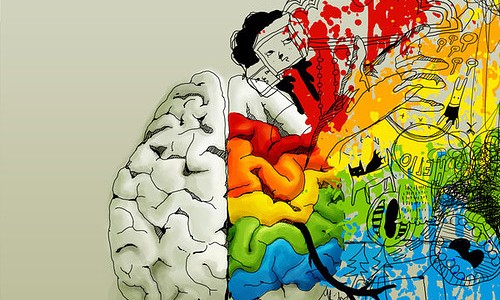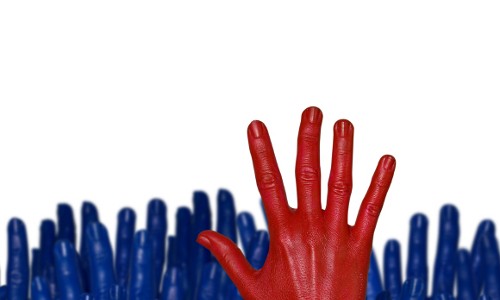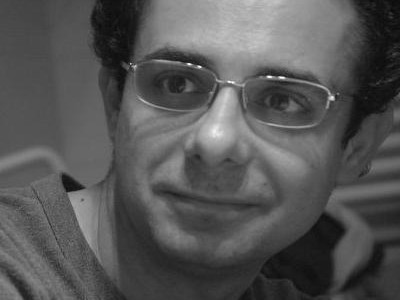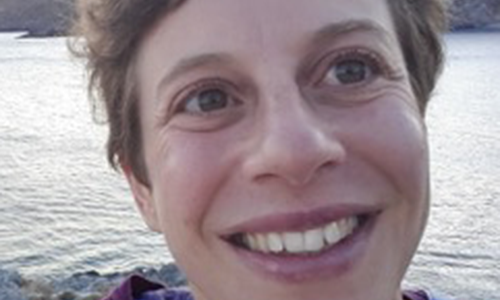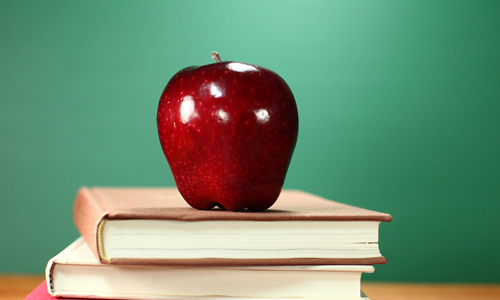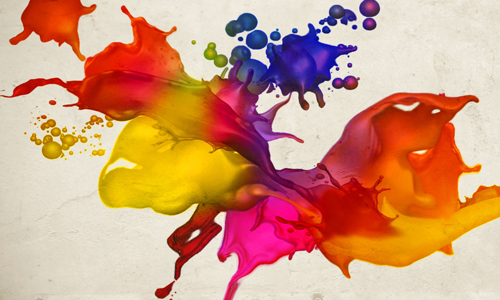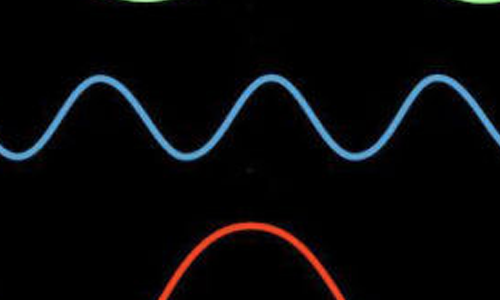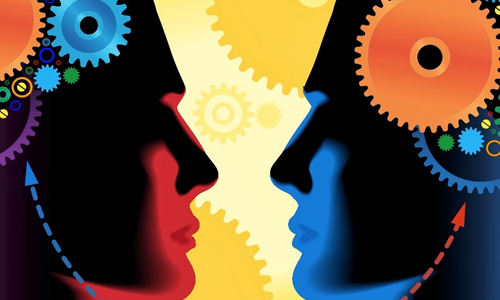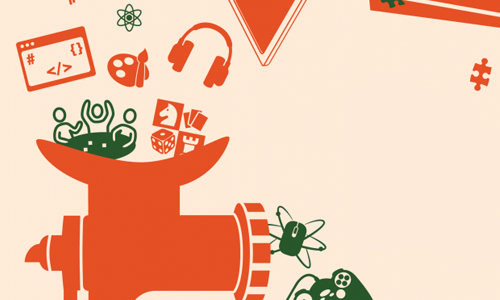by Josep Perelló
Abstract: We will explain and discuss several experiences where artistic and creative practices can drive ambitious scientific research. We will focus on topics and actions directly related to complex systems science to exemplify all their potentialities. We will describe how participatory strategies, public engagement, community processes and wide multidisciplinary teams are able to transform an ordinary research activity into a complete experience where impact and outputs are multiple, diverse and long-lasting. The list of actors involved should necessary include artists, designers, public agencies or administrations, and then must also take place in uncommon places such as museums, cultural spaces and public spaces. Working with many actors and building tailored-made research collectives have the capacity to raise shared concerns, to address societal challenges in a novel and innovative way, and to enhance the value of the results by publicly discussing and sharing the whole research cycle.
